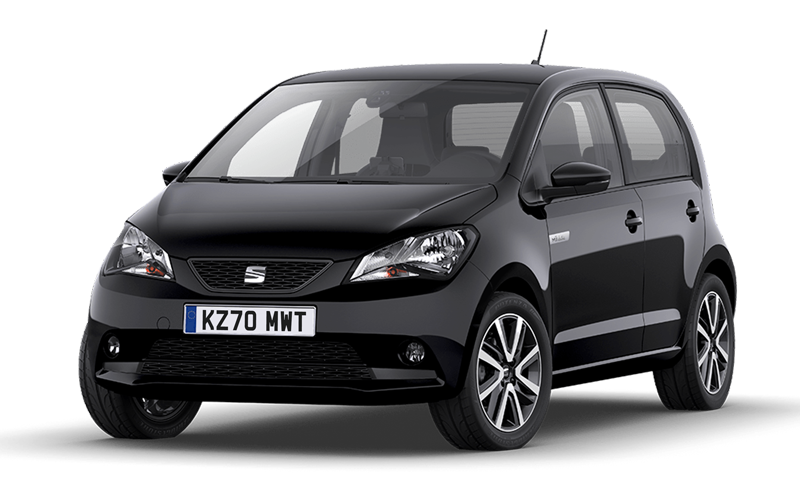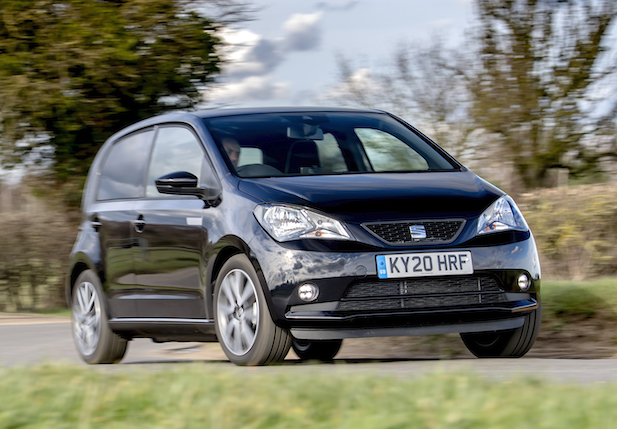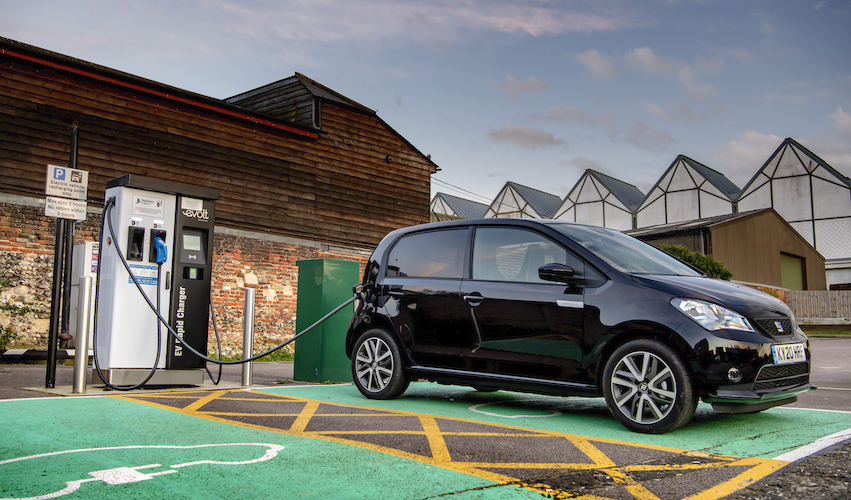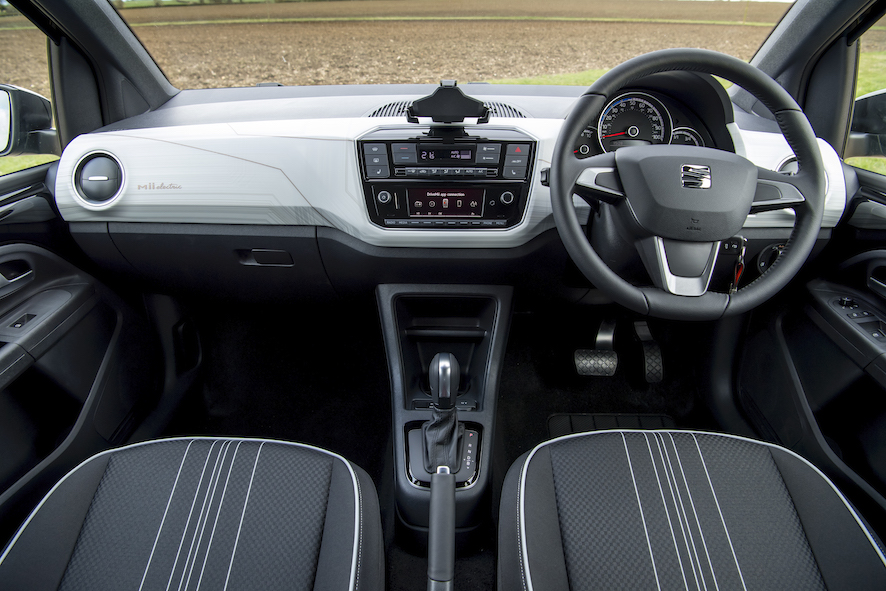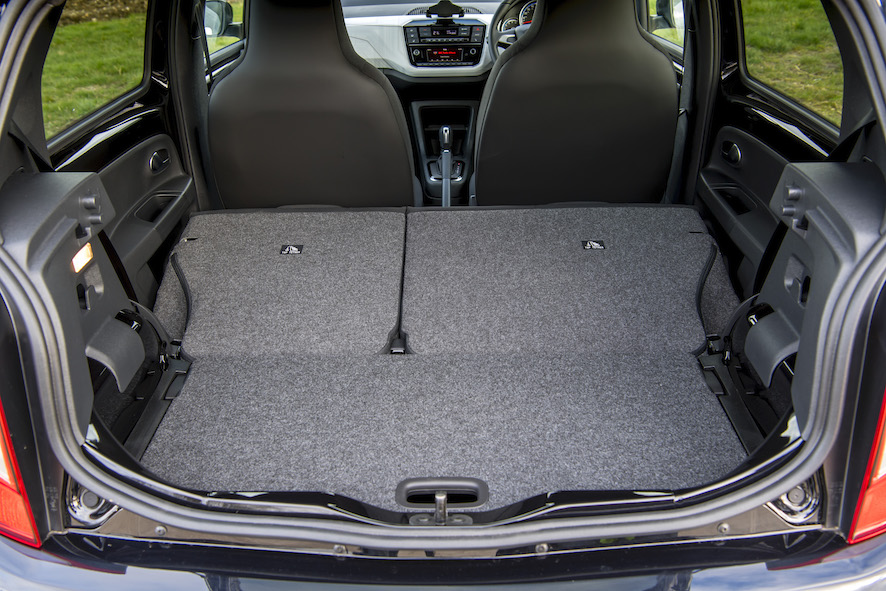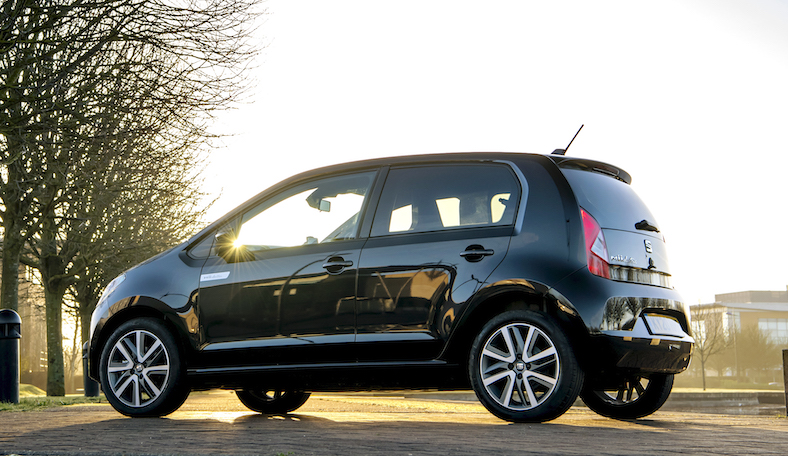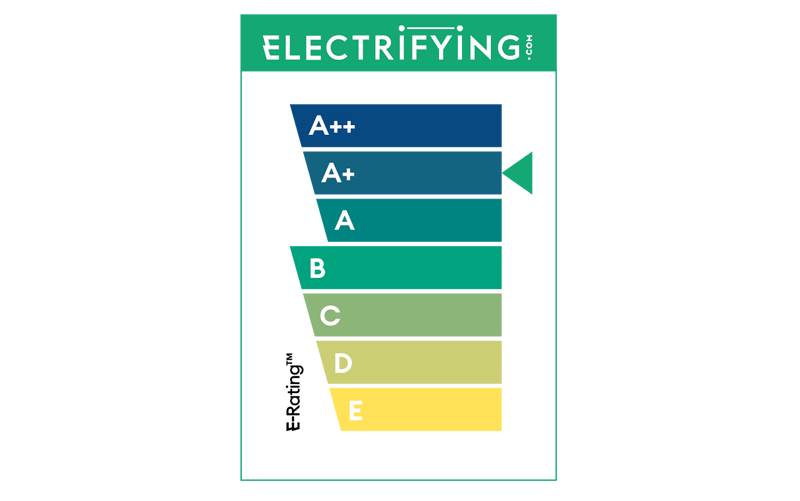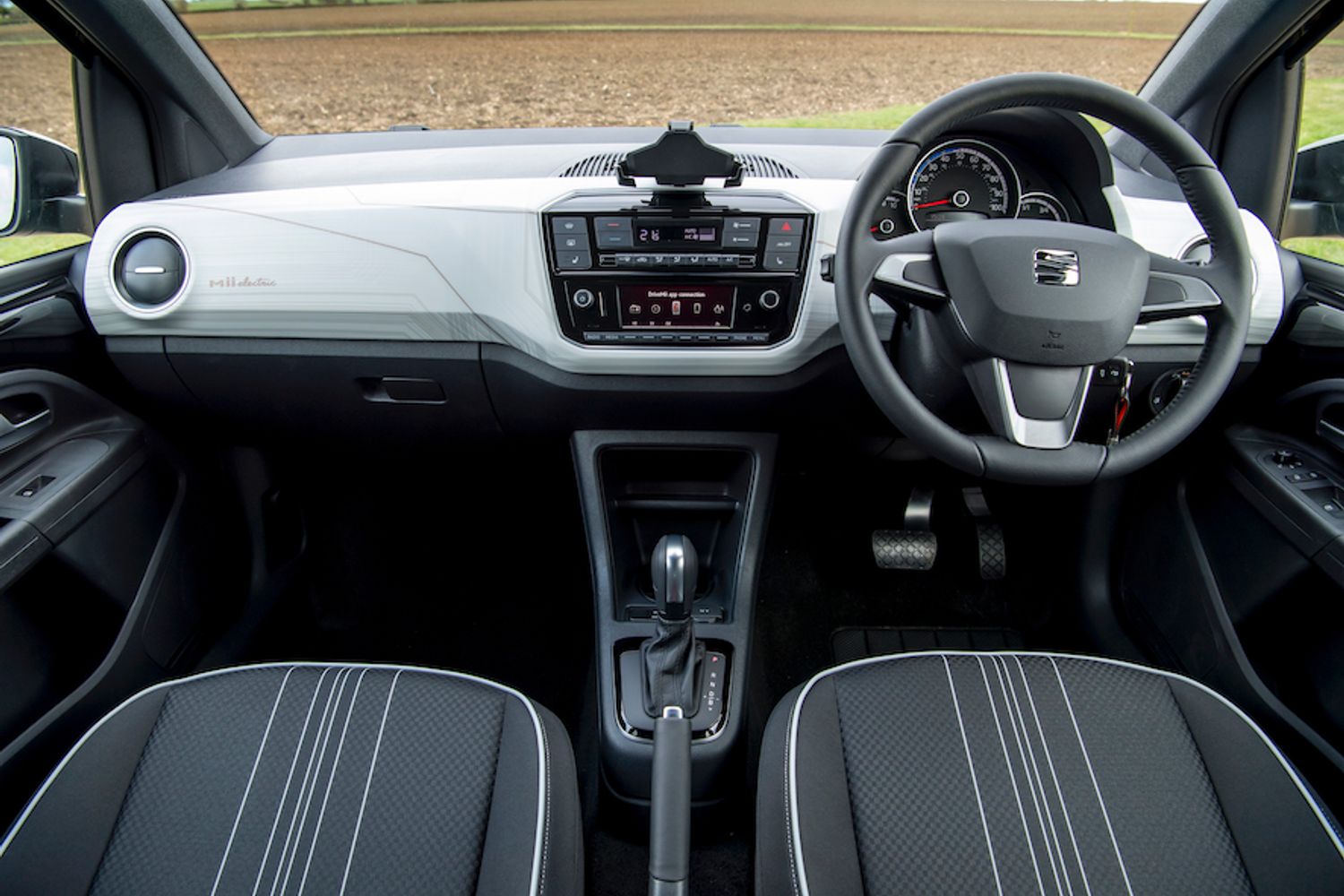Practicality and Boot Space
Spoiler alert - the Mii is one of the smallest city cars out there. At just over 3.5 metres, only a handful of cars such as the smart fortwo are smaller. But look beyond the compact frame and you’ll find a very cleverly designed car that makes the absolute most of the space available.
Being boxy and tall, the Mii doesn’t struggle for headroom and thanks to some very intelligent design on the doors, elbow room is surprisingly good. Even the rear seats are perfectly usable - especially as the five-door layout means that you’re not constantly having to slide and tilt the front seats to get anyone into the back. The only slight gripe we have is that the steering wheel doesn’t adjust for reach, so if you’re long of leg, the wheel can feel like it’s in a different postcode.
With the rear seats in position, the boot is pretty titchy at just 251 litres, but the shape is good with a surprising amount of depth. Tumble the rear seats down and the volume rises to a much more impressive 923 litres. As the rear seat backs have a one third/two thirds split, it’s perfectly possible to carry one rear passenger and a decent quota of kit at the same time.
Technology
If you’re still coming to terms with the fact that you can’t buy a video recorder any more, the Mii might be the electric car for you. It’s just about the most analogue electric car we’ve driven of late, and all the better for it. The instrument binnacle has physical dials and needles while the biggest screen on display is a small credit card-sized one for the infotainment system.
Instead, the Mii expects you to supply as little or as much tech as you want. Instead of installing a vastly expensive infotainment system with navigation, SEAT supplies you with a phone cradle and (wonder of wonders) a USB charging point right next to it. The idea is that you use the navigation and music services on your phone rather than rely on an expensive piece of built-in kit. Of course, you’ll need to factor in 4G coverage and cost, but it works remarkably well.
SEAT also provides a DriveMii app that allows you to control certain functions of the car, such as pre-conditioning of the cabin. Owners can also check battery levels and charging status, and set charging periods to take advantage of cheaper charging. We tried the system for a week and it all worked seamlessly.
Safety
The Mii comes with a decent amount of safety kit as standard. This includes Lane Assist, which uses a camera mounted at the front of the car to continuously monitor the road. If it detects that the driver is unintentionally leaving a lane, it makes corrective adjustments via the electronic steering. In reality, it’s more of a hindrance than a help and seems to get confused at junctions and on sliproads. Thankfully it can be switched off via a dashboard button rather than having to go through dashboard menus.
Front as well as head and thorax airbags for the front seats protect the driver and front passenger from severe injuries in the event of a collision while rear parking sensors prevent dents and scratches to the car body by emitting audio alerts as objects become closer.











